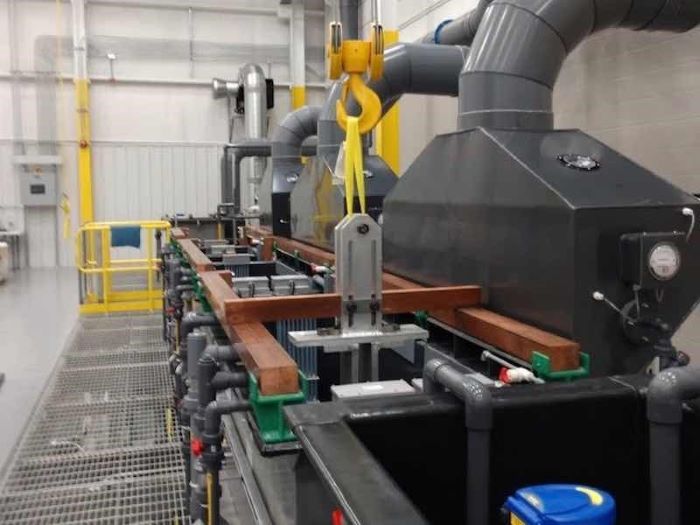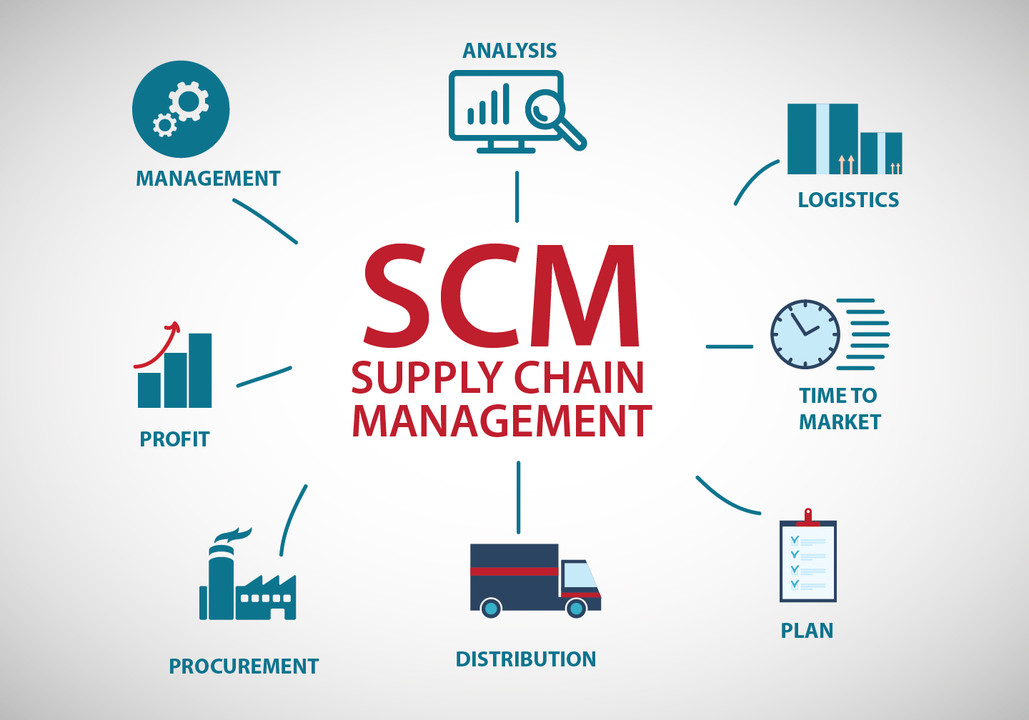Industrials who apply either one of these surface treatment processes should be well aware of the varied differences between hard chrome plating and decorative chrome plating. Both types of chrome plating have differentiated advantages and are employed in certain industrial applications based on their distinguishable properties and functionality. This guide will help businesses understand the features, uses, and differences between hard chrome plating and decorative chrome plating, which will help businesses make well-informed decisions for their surface finishing requirements.
Chrome Plating – An Overview
Chrome plating, also referred to as chromium plating, is a method of surface treatment in which a metal object acquires a layer of chromium due to electrodeposition. This treatment improves the surface of the substrate with such desirable properties as corrosion resistance, hardness, and improved appearance.
Hard Chrome Plating
Characteristics and Properties
This technique for hard chrome plating, industrial, or functional chrome plating is the deposition of a dense layer of chromium on a metallic surface. Characteristics of the process are:
Thickness: Usually, it varies from 0.005 to 0.1 mm (5 to 100 μm).
Relative to this, it provides a very superior strength, typically ranged from 800 to 1000 HV (Vickers.
It is known to feature excellent wear resistance and good corrosion performance.
Surface Finish: Typically a matte/satin to semi-gloss in appearance
Hard chrome plating is applied to a large number of industrial parts that play paramount roles in durability and wear resistance.
Hydraulic and Pneumatic Equipment: Offers surface hardening for piston rods, cylinder shafts, and hydraulic seals, rendering them wear-resistant.
Machine tools: For instance machine tool components, like gears, bearings, and shafts, need to be pretreated against wear and corrosion.
Molding/Die Casts: Facilitates extending and improving life including plastic injection molding and die-casting processes.
Aerospace and Automotive Components, wherein these work towards increasing or enhancing the wear resistance of the components in engines, landing gear, and hydraulic systems.
Industrial Equipment: Machinery for the protection of parts that are heavily used and in corrosive atmospheres.
Process
The process of hard chrome plating entails the following steps:
Cleaning and degreasing the substrate to ensure proper adhesion of the coating.
Attach the substrate in an electrolyte bath, then add chromium ions and flow an electric current to deposit chromium on the entity surface.
Post-process: grinding, polish, or machining in order to achieve given dimensions and surface requirements.
On-the-Road Chrome;
Quality and Traits
Chrome plating applied for decorative purposes, also known as bright and decorative chrome or chromium plating, has as its prime objectives the provision of enhanced aesthetic appearance together with providing a practical level of corrosion resistance. Some important typical properties are:
Approx.L: Thinner generally than hard chrome; 0.0025 mm to 0.03 mm (2.5-30.
Look: It yields a bright, reflective finish that is mirror-like.
Outstanding It provides moderate resistance against the onslaught of corrosion and environmental elements.
Hardness: Lower than that of hard chrome plating.
Applications
Essentially, decorative chrome plating is used to enhance the aesthetic appearance of both consumer and commercial products.
Car parts will now include emblems, trim pieces, and wheels, in that they must be fully polished with a brilliant, metallic shine. From household hardware to fixtures like faucets, door handles, and furniture hardware, these are the items that need a hard, attractive exterior.
Electronics: Bezels, cases, and decorative trim on electronic equipment.
Jewelry: Helps in improving the beauty and durability of jewelry pieces.
Process
Brightness is usually the complex of processes in decorative chrome plating; very often, the peculiar appearance of the microcracks is linked to the excellent appearance of the plate.
Surface Preparation: Cleaning and smoothing a substrate to create a surface that is surface flaw-free and smooth.
Buff and Finish: Polishing and buffing to a better surface finish.
Differences Between Hard Chrome and Decorative Chrome Plating
1. Purpose and Functionality:
Hard Chrome Plating: Hard Chrome Plating is used for the most part for functional reasons, for example, resistance to wear and corrosion in industries.
Decorative Chrome Plating. This is applied more for the ‘chromium face’ reason than as simple corrosion.
2. Thickness and Hardness:
To Increase Hard Chrome Plating: Produces deposits of higher thickness combined with higher hardness, suitable for the support of abrasive wear and harsh environments.
Decorative chrome plating is applied to a thinner layer with low hardness; it focuses on the appearance and brightness of the surface.
3. Surface Appearance:
Hard chrome plating: Typically has a matte or semibright appearance, indicating therefore that it tends to be directed more toward the industrial side of things.
Bright, mirror-like finish: decorative purpose; hence, provides brightness ok aesthetic value in various products.
4. Apps
Hard chromium plating, machinery, automotive parts, and aero components require heavy products.
Decorative: Chrome Plating for Consumer Goods, Automotive Trim, House Hold Fixtures, and a Diverse Range of Decorative Products.
How to Choose the Right Chrome Plating for Your End Use
When choosing between hard chrome and decorative chrome plating, you should take into account what application you have in mind:
Functional requirements: for durability, for performance under friction, for protection in a hostile operating environment.
Aesthetic considerations: Products that require a bright, decorative finish without being subjected to critical mechanical loads have decorative chrome plating as the preferred finish option.
Conclusion
The need for performance improvements and packaging benefits of products from hard chrome plating or decorative chrome plating is very important. Therefore, for such selected product choices, more for functionality in an industrial end-usage or aesthetics within consumer goods, will bring forth performing the best, durable, and of a vision for protecting certain application needs.
While hard chrome plating and decorative chrome plating thereby offer prime advantages to customers in terms of surface finishing, their characteristics and respective applications answer divergent industrial requirements. Business utilizes such insight to deploy their capability toward intended end at surface enhancement and protection.




